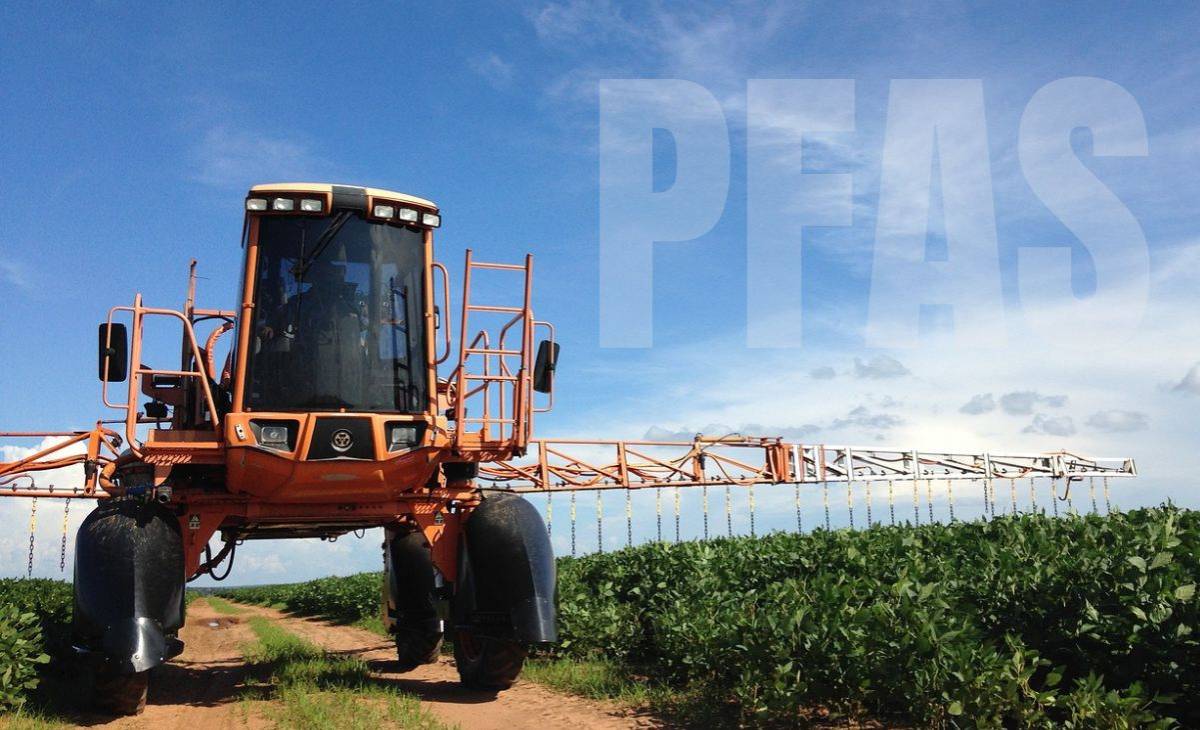California: 40% of tested agricultural pesticides contain PFAS
Widely used insecticides and pesticides in California, US, have been found to contain high levels of per- and polyfluoroalkyl substances (PFAS), according to a study by the Center for Biological Diversity and Public Employees for Environmental Responsibility. These chemicals are contaminating millions of acres of farmland in California's Central Valley, where they are used on crops such as almonds, grapes, peaches, and pistachios.
PFAS are called "forever chemicals" due to their persistence in the environment, and they have been associated with various health issues including immune system suppression, liver damage, thyroid disease, reduced fertility, high cholesterol, obesity, and cancer.
Nathan Donley, environmental health science director at the Center for Biological Diversity, said, “I can’t imagine anything that could make these products any more dangerous than they already are, but apparently my imagination isn’t big enough”. “The US Environmental Protection Agency (EPA) has to take control of this situation and remove pesticide products that are contaminated with these extremely dangerous, persistent chemicals", she added.
The analysis was commissioned by the Center and conducted by an independent, certified lab. Out of seven agricultural pesticides tested, three were found to contain PFAS. No PFAS were detected in concentrations above the detection limit in the two residential pesticide products tested. One insecticide, Malathion 5EC, was discovered to have a concentration of Perfluorooctanoic acid (PFOA) – a type of PFAS – that is 100 000 times over EPA's safety limit for drinking water.
The study highlights that this is not the first time PFAS have been found in pesticide products. PFAS have been found also in mosquito, flea and tick insecticides.
EPA believes that fluorinated containers are the main source of PFAS contamination in pesticides. However, two of the PFAS compounds found, PFBS and PFHpS, are not known to come from these containers. This indicates that there may be other sources of PFAS contamination in agricultural products that are currently unknown.
The scientists warn that despite the EPA emphasizing that there are no safe levels for some of these chemicals, producers are likely still spraying PFAS-contaminated pesticides on food.
The study results were submitted to the EPA and the California Department of Pesticide Regulation with an urgent request to avoid using these products until the contamination can be removed from their supply lines.
Source:
Center for Biological Diversity






















